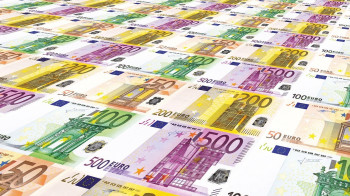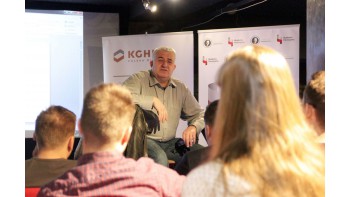Russia's annual propaganda show marking the "Great Victory" has over the past 20 years been primarily aimed at substantiating Russia's "right" to the national, cultural, and industrial heritage of the Soviet Union and claiming spheres of influence in Europe.

As a result of the "liberation" of Western Europe by Soviet troops, Germany still – even after the collapse of the Soviet Union – feels the occupation of East Prussia, having lost the outstanding cultural, industrial center and the most important transport hub of Königsberg. By decision of the Potsdam Conference, the northern part of the German province of East Prussia, together with Königsberg (today the Kaliningrad Region) was temporarily handed over to the USSR. The lease term for East Prussia expired after the USSR collapse. Thus, Russia violated yet another international agreement, namely the Potsdam Treaty.
Moscow began the withdrawal of its 500,000-strong military contingent from the region after the collapse of the USSR, having completed it in 1994. For a convenient withdrawal of occupation forces, Germany paid Russia a total of $9 billion. However, the territory of the Kaliningrad region (Königsberg) still remains part of the Russian Federation.

Just like Crimea, Königsberg plays the role of Russia's most important outpost in the framework of the Kremlin's imperial policy of post-war domination and strengthening political pressure on Western powers, as well as discussing territorial issues of the post-war order.
The victory over fascism is one of the topics Russian propaganda has been exploiting:
1) to highlight the exclusive role the Soviet Union played in sealing the victory over the Third Reich;
2) to conceal the fact that the Soviet Union had joined WW2 in September 1939, having sided with Hitler's Germany in order to catch the opportunity and grab some of the western territories.

















